SUMMARY
This is AI generated summarization, which may have errors. For context, always refer to the full article.
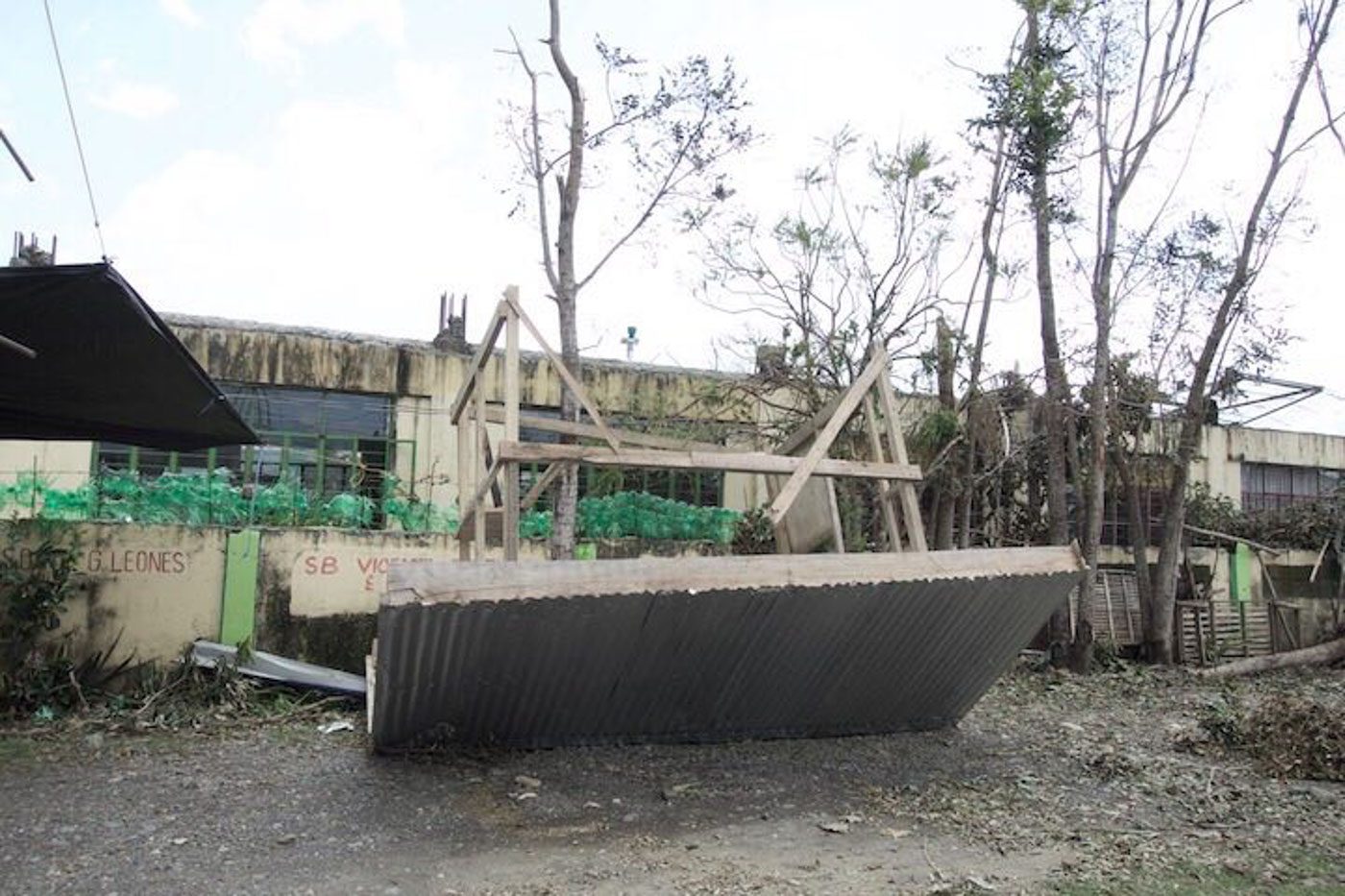
TUGUEGARAO CITY, Cagayan – When super typhoon Ompong (Mangkhut) came to Cagayan, it didn’t only ruin the people’s crops and trees, it uprooted their homes from right beneath their foundations.
It was 1:40 am on Saturday, September 15 when the typhoon made landfall in Baggao, a coastal town richer in land than capital Metro Manila two hours by car from capital Tuguegarao City.
Its municipal and barangay officials did not sleep that night as they prepared to respond while keeping the fear of losing some of their residents.
The town is believed to be the locality that suffered the most because of Ompong.
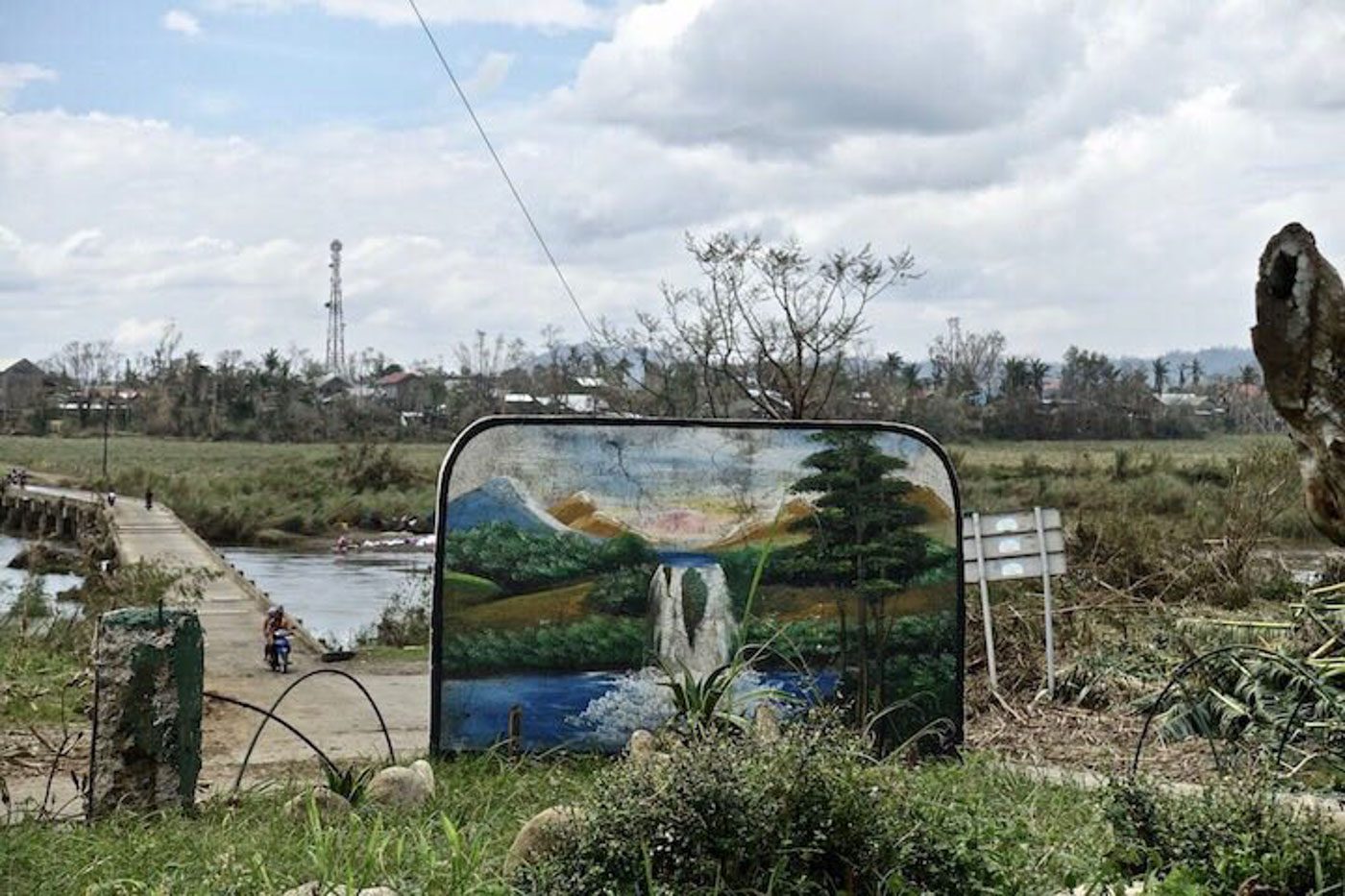
One of the sleepless officials was Captain Morris Aliman of faraway barangay Hacienda Intal. When the typhoon completed its passage through their town in the morning, Aliman went around with his fellow officials to survey the damage.
“Kinausap ko na naman yung kagawad ko after the bagyo…nakita na namin talagang nagliparan yung mga bahay, yung mga di matibay na bahay, kahit yung matitibay na bahay, talagang tinamaan din,” Aliman told Rappler.
(I spoke again with my councilors, and we saw really that houses flew, those that were not strong, even the tough houses were also affected.)
Even days after the storm, the chaos it left has not departed the town: millions of soiled crops bow to one direction, electric posts tilt against the ground, and mutilated branches are scattered over the damp concrete roads.
Death in Baggao
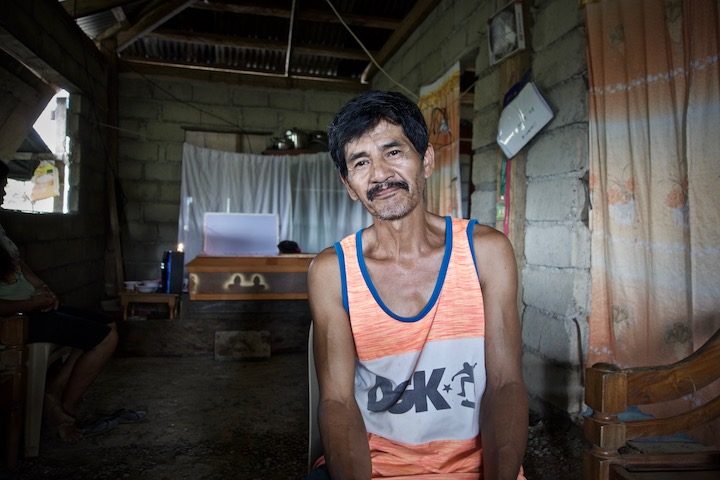
Baggao lost 2 of its residents because of the typhoon. One of the deaths was Petring Moises, an 83-year-old who did all he could to stay safe but was still claimed by the storm.
“Nagluto pa kami (We were even able to cook),” said James Mariano, Moises’ 56-year-old son-in-law.
Mariano recounted that Moises knew that it was dangerous to stay inside his own home, so he asked to sleep over at Mariano’s place. It was the saving practice they pursued when Typhoon Lawin came in 2016.
But Ompong was different. It was wider and stronger than Lawin. That was enough to prevent Mariano from coming home that night.
Mariano, instead let the storm pass inside the house of his cousin in another barangay. When he came back to look for his father-in-law, he didn’t find his house anymore. He did find Moises, lying surrounded by a carpet of debris, looking as if he was just sleeping.
Moises, however, did not bother to wake him.
“Hindi ko ginalaw nung una kong makita. Basta nakita ko parang walang buhay, tiningnan ko lang (I did not move him when I first saw him. I just saw that he didn’t seem to have life anymore. I just looked,” he said.
The funeraria told Mariano and his family that Moises died from blunt force trauma. Whether it came from the blown-away house he slept in for the last time, nobody knows.
Until the next harvest, until the next storm
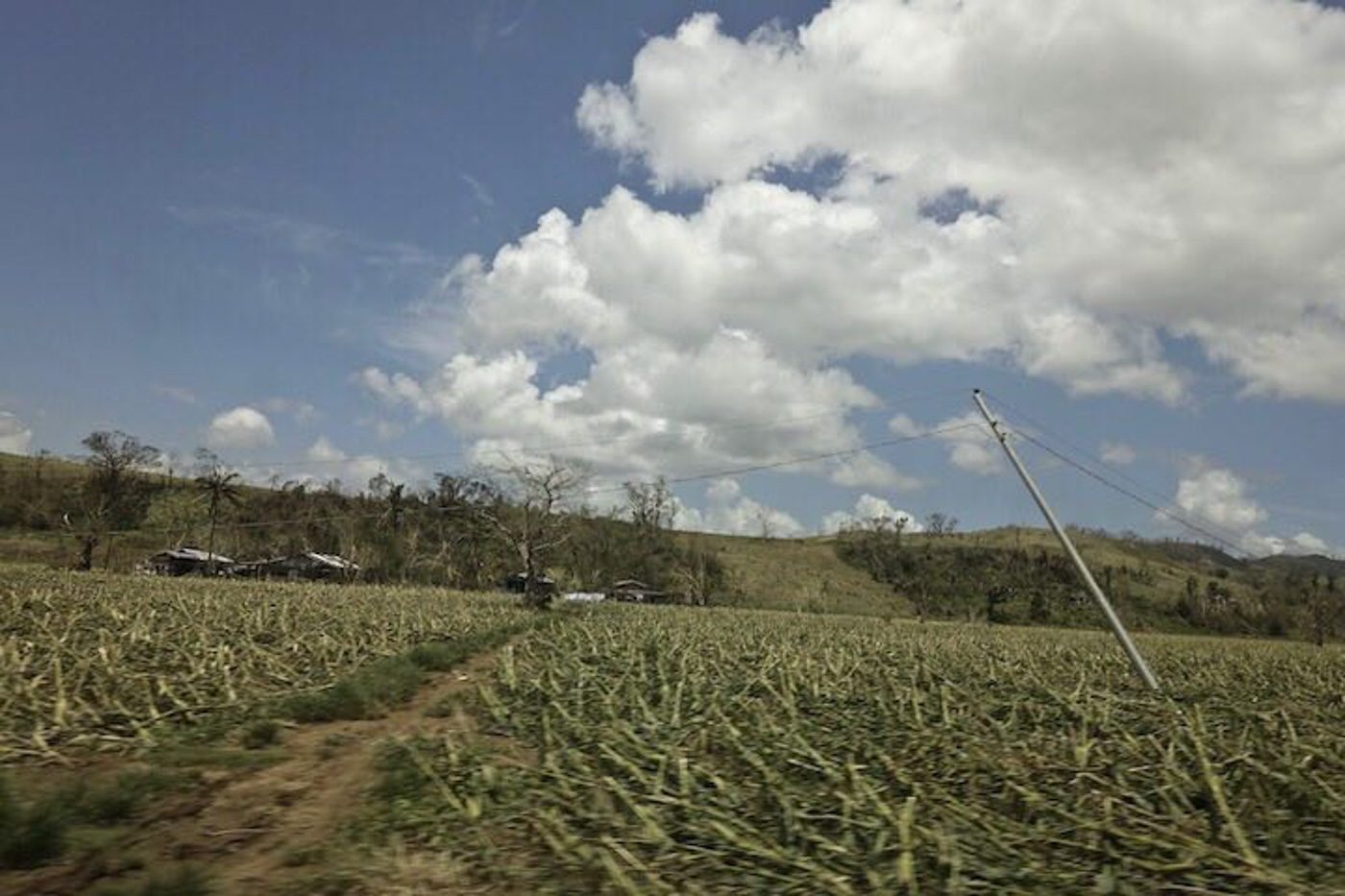
Mariano’s house is only one among hundreds of others that faced the wrath of Ompong.
Numbers from Barangay Hacienda Intal show that 669 other houses were partially damaged, while 222 were completely torn down or blown away by the winds.
In the whole of Baggao, 11,041 houses were partially damaged, while 1,782 were totally destroyed. These damaged houses, according to Baggao Mayor Leonardo Pattung make up 75% of the houses in their town.
The numbers are less surprising on the ground as most of the houses were built with wood. What’s made of cement and hollow blocks are already considered unyielding.
They could not buy more stronger housing, as most of Baggao’s people are farmers and carpenters. Holding such occupations, the residents of Baggao stand to lose plenty with each typhoon visit.
“Ang naramdaman ko sa mga tao, tulad ng nabanggit ko, nasira yung pananim, meron ding parang nawawalan na ng pag-asa, meron pang nakita namin diyan [gustong] nagpakamatay dahil maraming tanim siyang nasira,” village leader Aliman shared as a queue of locals waited their turn to speak to him.
(What I feel from the people, as I said, their harvest was destroyed, there are those who lost hope, and there are some who want to kill themselves because they lost so much of their harvest.)
Asked what her plan was after the storm, farmer Nora Aliman (Morris’s daughter-in-law) said: “magtatanim lang ulit (we will plant again).”
She plainted corn over 4 hectares of land. After Ompong, she could only sell 2 in every 10.
“Nagpapasalamat na lang kami sa mga araw na darating. Eh ‘di magtatanim ulit para babalik ang nawala (We are just thankful for the days to come. We will plant again so that what was lost will be brought back),” she added.
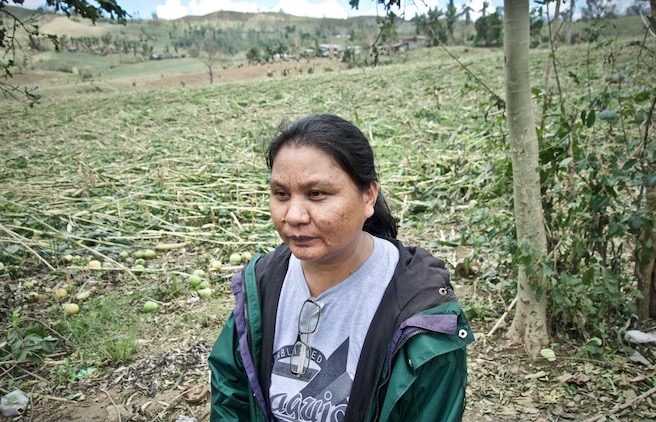
– Rappler.com
Add a comment
How does this make you feel?
There are no comments yet. Add your comment to start the conversation.